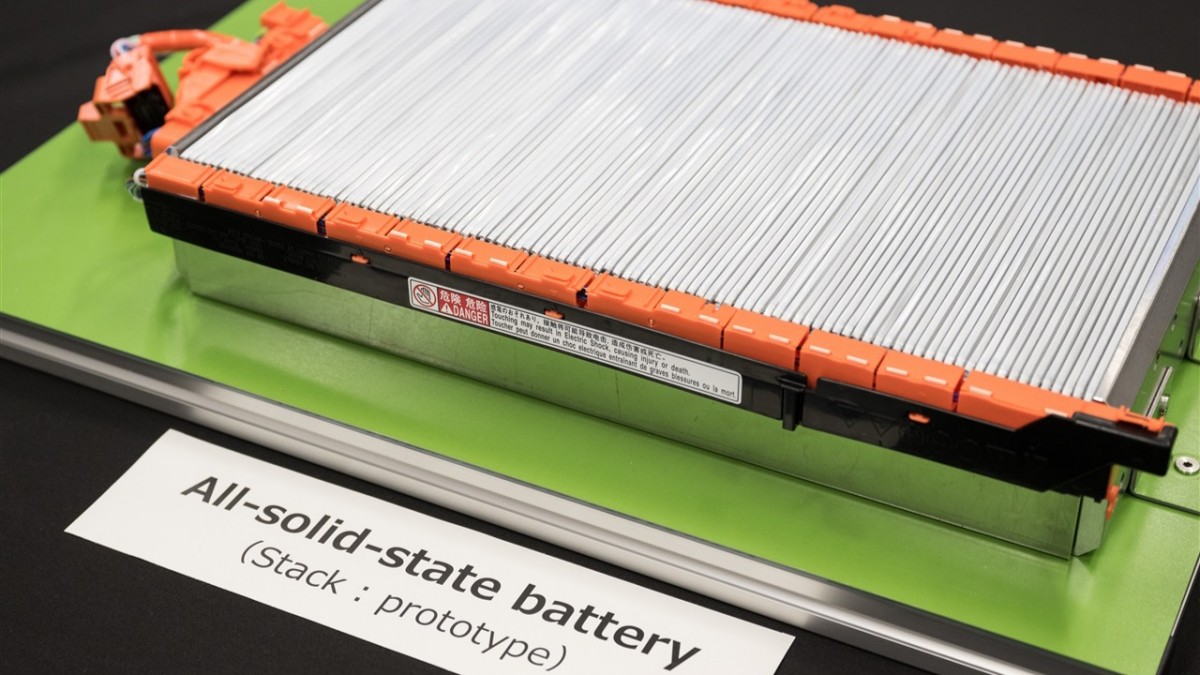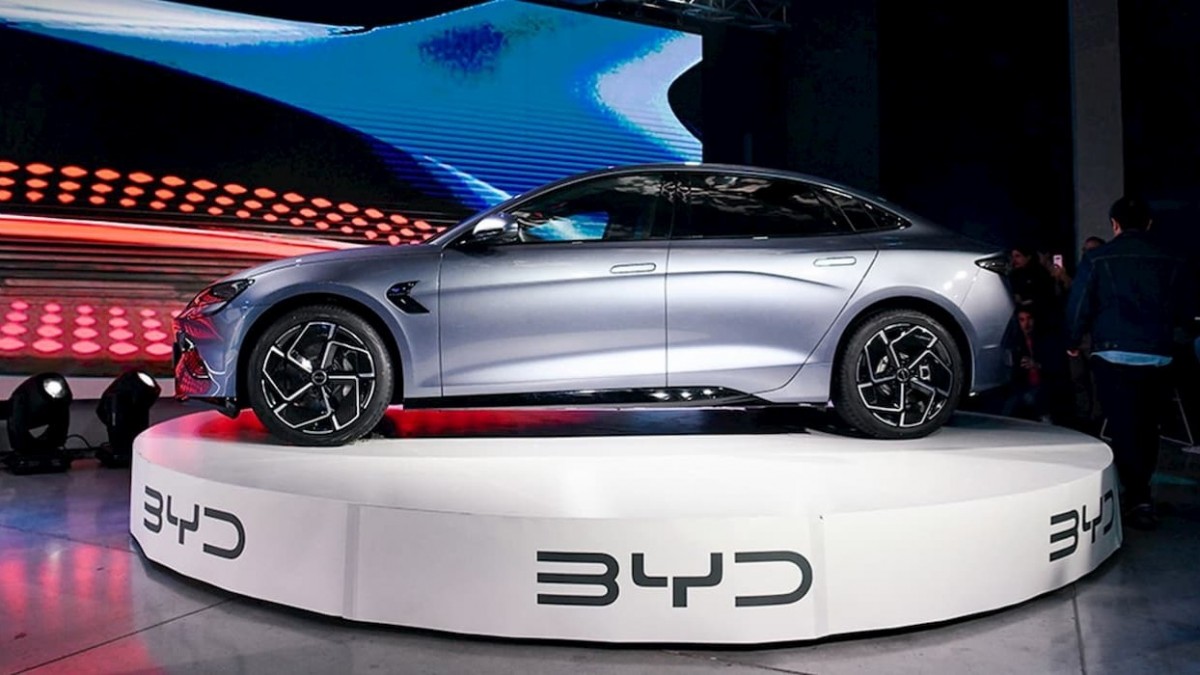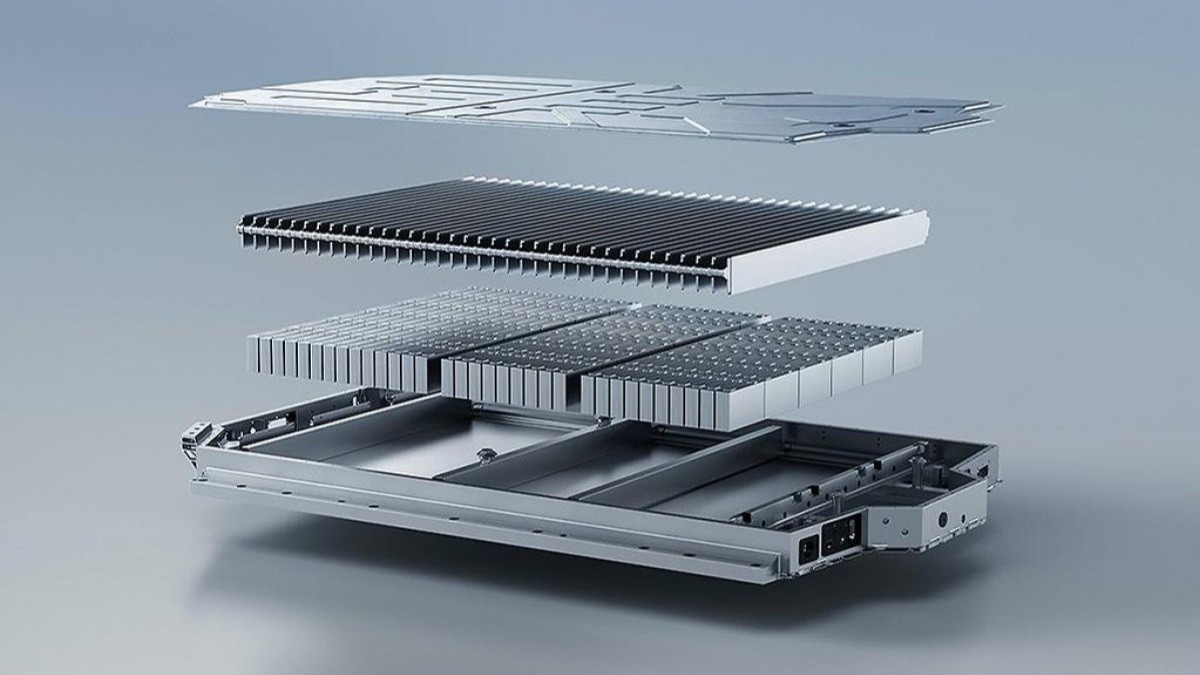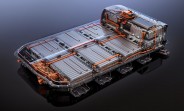BYD lays out all-solid-state batteries for electric cars plans, trial use to start in 2027
BYD has announced its plans for the development and implementation of all-solid-state batteries. BYD's battery business CTO, Sun Huajun, revealed at a recent forum that the company anticipates beginning "demonstration use" of all-solid-state batteries around 2027.
This milestone is a crucial step toward the widespread integration of this advanced technology in electric cars. While demonstration use is on the horizon in a few years, Sun indicated that true large-scale adoption of all-solid-state batteries may not occur until after 2030.

BYD's progress aligns with the broader industry trend. Other major players in the battery sector, like CATL, are also pushing all-solid-state battery development, with similar timelines for limited production and broader adoption.
BYD's research into all-solid-state batteries began in 2013, focusing initially on exploring various technology routes and materials. By 2016, the company had moved into the phase of verifying the technical feasibility of these batteries, producing small-capacity prototypes. We have seen continued progression over the last few years, culminating in the recent development of trial products of solid-state battery cells with capacities of 20 Ah and 60 Ah in 2024.

The all-solid-state batteries have a huge potential for higher energy density. Liquid lithium batteries are already approaching their theoretical limit of 350 Wh/kg, but all-solid-state batteries are expected to reach an impressive 500 Wh/kg.
BYD's choice of material for their solid-state batteries is based on sulfide electrolytes, driven primarily by considerations of cost and process stability. Other companies are exploring different chemical compositions, such as oxides and polymers, for their own solid-state battery development.

Cost remains an important factor in the widespread adoption of all-solid-state batteries. Currently, the cost of sulfide electrolytes is high due to low production volumes. BYD believes that as production scales up, the cost of solid-state ternary batteries will eventually become comparable to that of liquid ternary batteries.





Facebook
Twitter
Instagram
RSS
Settings
Log in I forgot my password Sign up